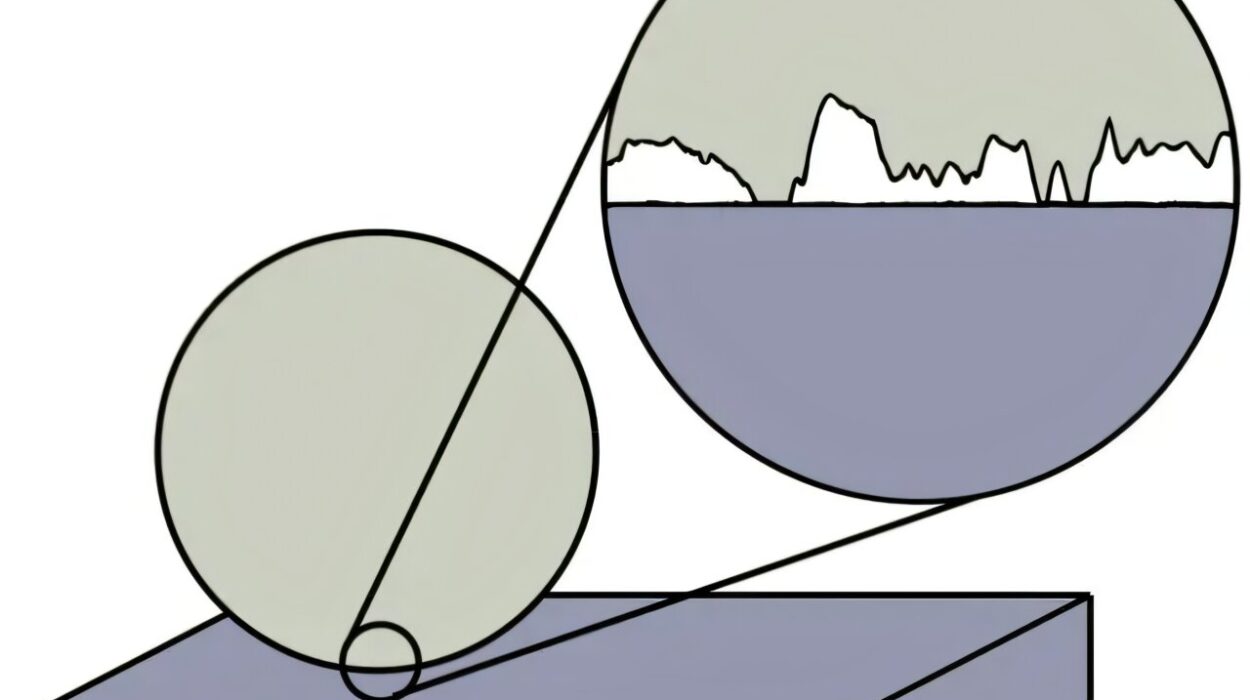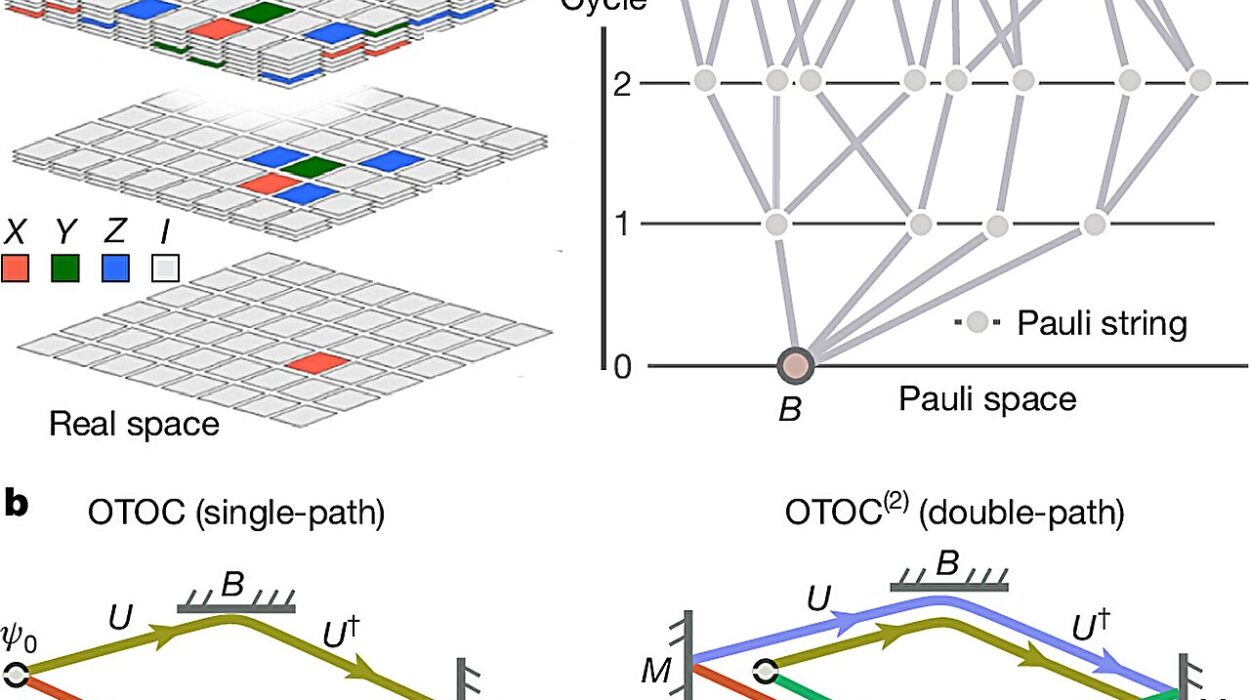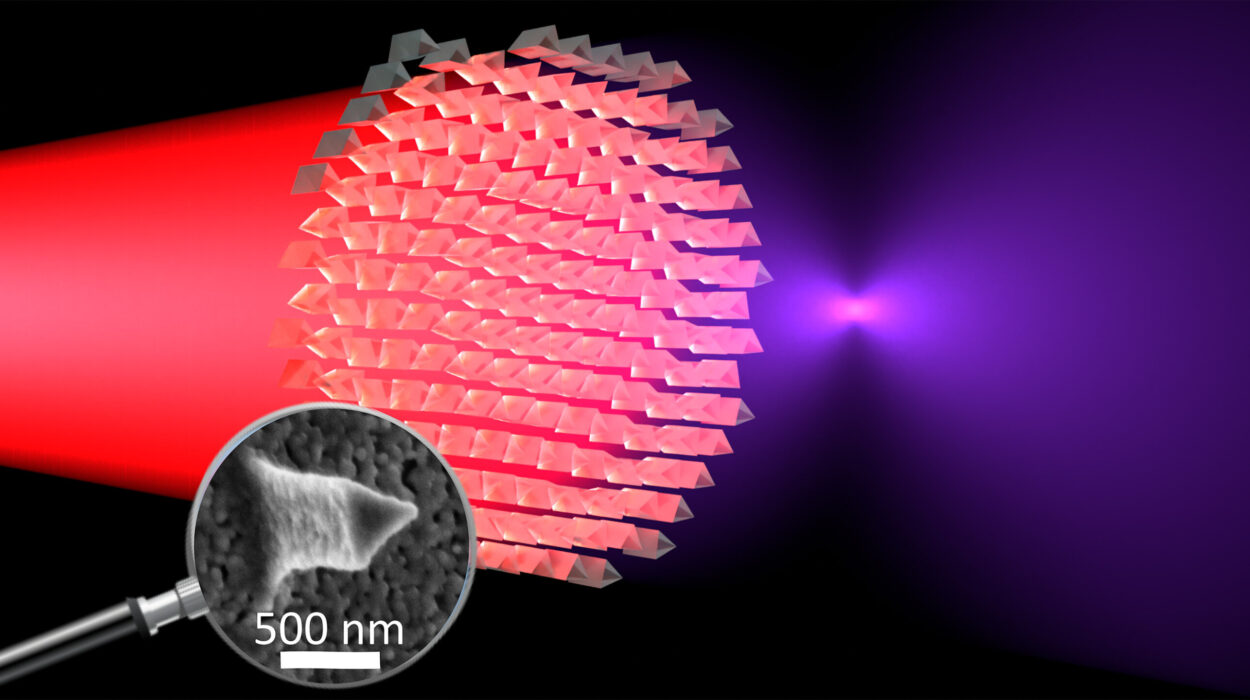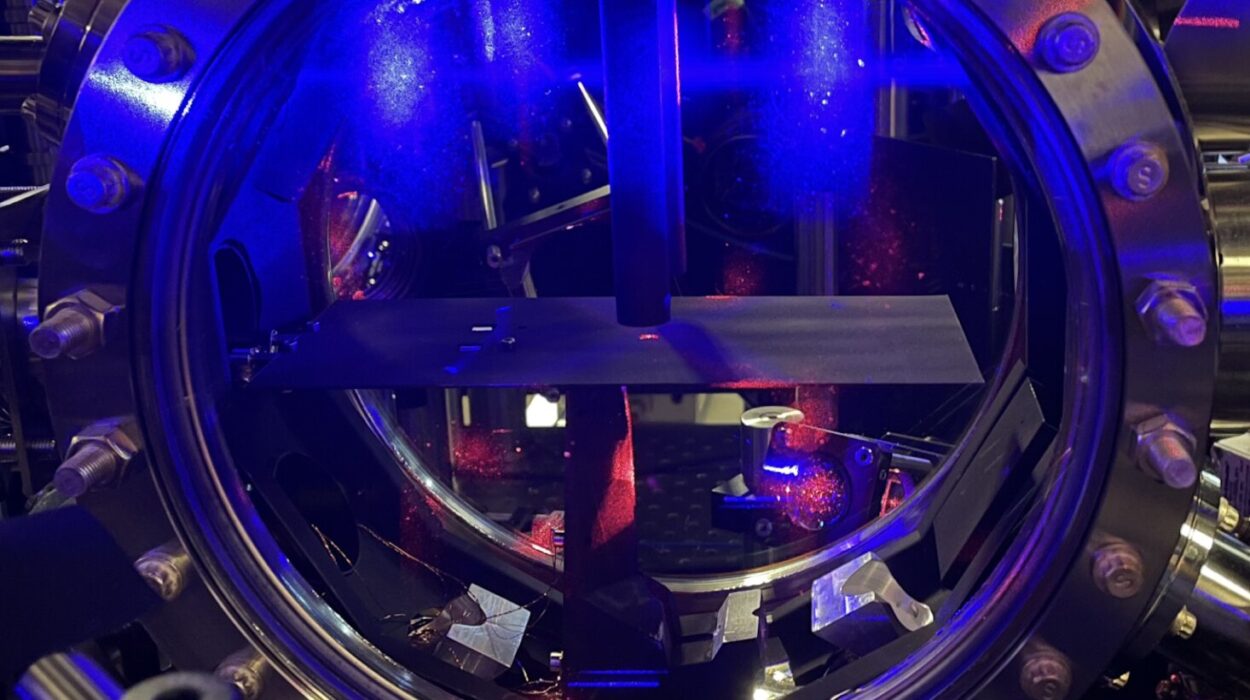In the realm of quantum physics, where particles can be in two places at once and information can teleport across space, even the most mind-bending ideas can sometimes turn out to be real. One such idea—called the embezzlement of entanglement—has long lived on the fringe of theory: a paradoxical process in which entanglement is borrowed from a system without the system ever noticing.
Now, in a groundbreaking theoretical study published in Nature Physics, physicists at Leibniz University Hannover have shown that this strange quantum heist might not just be possible—it might be hiding in plain sight. The team has demonstrated that this “embezzlement” behavior naturally appears in a wide class of physical systems called critical fermion chains—quantum systems perched at the delicate edge of a phase transition.
It’s a revelation that not only redefines what these systems are capable of, but also challenges some of the most basic assumptions about how quantum entanglement works in the real world.
What Is Quantum Embezzlement?
To understand the breakthrough, it helps to start with what makes this phenomenon so weird.
In classical physics, if you take something from a system—energy, matter, information—you inevitably leave a mark. But in quantum information science, embezzlement of entanglement refers to a process where entanglement can be extracted from a “resource” system, without altering that system’s state. It’s as if you borrowed money from a bank vault and walked away without disturbing a single lock.
For this to happen, the resource system must be highly entangled to begin with—packed so full of quantum correlations that a small amount can be peeled away unnoticed. Systems that can do this with any entangled state are called universal embezzlers, and until recently, scientists weren’t sure they could exist outside of theoretical constructions.
Then came a question that changed everything.
“We had previously shown, in a very abstract way, that universal embezzlement could appear in relativistic quantum field theories,” said Alexander Stottmeister, one of the study’s co-authors. “But after some talks, colleagues in quantum information and many-body physics started to ask whether this wasn’t just a strange artifact of theory—and whether more familiar, non-relativistic systems could also do it.”
That curiosity led Stottmeister and his colleagues—Lauritz van Luijk and Henrik Wilming—down a rabbit hole of mathematics, physics, and quantum entanglement. What they found was astonishing.
A Hidden Talent in Familiar Systems
Their work focused on critical fermion chains—one-dimensional quantum systems made up of particles called fermions, balanced at a quantum phase transition. These systems already fascinate physicists for their unique behavior: they are highly sensitive to changes in energy, structure, or interaction, and they mark the tipping point between different phases of quantum matter.
But the team’s study revealed that these critical systems had an unexpected hidden talent: they naturally act as universal entanglement embezzlers.

“In the paper, we show that subsystems corresponding to the left and right halves of a fermion chain—in the thermodynamic limit—meet the exact criteria for universal embezzlement,” said van Luijk. “And even more exciting, we show that this phenomenon doesn’t just occur in infinite systems. It emerges in large but finite systems too.”
This is a major shift. Until now, many exotic quantum behaviors—including universal embezzlement—were dismissed as purely theoretical constructs that could only exist in the realm of idealized, infinite systems. But this new work shows otherwise.
The team proved that embezzlement isn’t just a quirk of quantum field theory—it’s a robust feature of many-body systems that physicists have studied for decades.
From Abstraction to Possibility
The implications of this discovery are profound.
“While our work shows that critical spin chains can embezzle entanglement, it doesn’t yet provide a recipe for how to do it,” said van Luijk. “But we’re working on explicit protocols using something called Gaussian operations—a class of operations that are in principle easier to implement in the lab.”
Gaussian operations are more feasible than general quantum operations and are already used in some quantum optical systems. If these operations can enable controlled entanglement embezzlement, then the door may open to new methods of quantum state manipulation—techniques that are essential for building quantum networks, teleportation systems, and potentially even quantum computers.
But it’s not just about new technology. This work also changes how physicists think about the structure and limits of quantum systems.
“We showed that all critical spin chains, describing the critical points of quantum phase transitions, that are translation-invariant and effectively modeled by non-interacting fermions exhibit universal embezzlement,” said Wilming. “That’s a large class of well-known models—and it shows they have much stronger entanglement properties than we thought.”
Quantum Thieves in Real Systems?
So far, the study is entirely theoretical. But its results point the way to experiments that could verify the phenomenon in real materials.
The researchers are already planning to test how embezzlement behaves under more complex conditions. What happens if the system is disordered? What if the fermions interact? What if more than two parties are involved?
“We’ve shown that multi-party embezzlement is possible in principle,” Wilming added. “But we haven’t yet found a natural physical system that allows for it. That’s one of our next big questions.”
If such systems exist—and if they can be harnessed—they could offer a new kind of quantum resource: one that gives without taking, one that changes the rules of what’s possible in information exchange.
Rethinking Entanglement’s Limits
Perhaps the most remarkable part of this discovery is how it challenges our intuitive grasp of entanglement—a phenomenon often described as the “spooky” connection between particles.
In quantum mechanics, entanglement is both powerful and fragile. It’s the engine behind quantum computing, teleportation, and encryption. And yet, it is notoriously difficult to preserve and use. The idea that entanglement could be embezzled—borrowed without cost—almost feels like a contradiction.
But nature, as it turns out, may not mind the contradiction.
“This kind of work shows us that the quantum world has far more nuance than we often realize,” said Stottmeister. “It’s not just about finding new tricks—we’re discovering that deeply familiar systems hold secrets we never thought to look for.”
The next steps will require close collaboration between theorists and experimentalists. If physicists can find ways to observe and control embezzlement in the lab, it could become a powerful new tool in the quantum arsenal.
Until then, the idea of quantum embezzlement—once confined to abstract papers and speculative debates—now stands as a real possibility. A quantum vault, full of entanglement, ready to be tapped… and somehow, never runs empty.
Reference: Lauritz van Luijk et al, Critical fermions are universal embezzlers, Nature Physics (2025). DOI: 10.1038/s41567-025-02921-w






